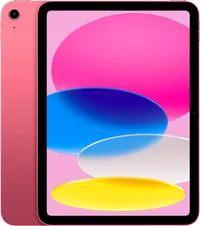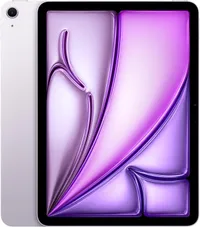iPad Air 6 vs iPad 10: What's the best iPad for most people in 2024?
Which iPad is the best value in 2024? It might not be the one you think
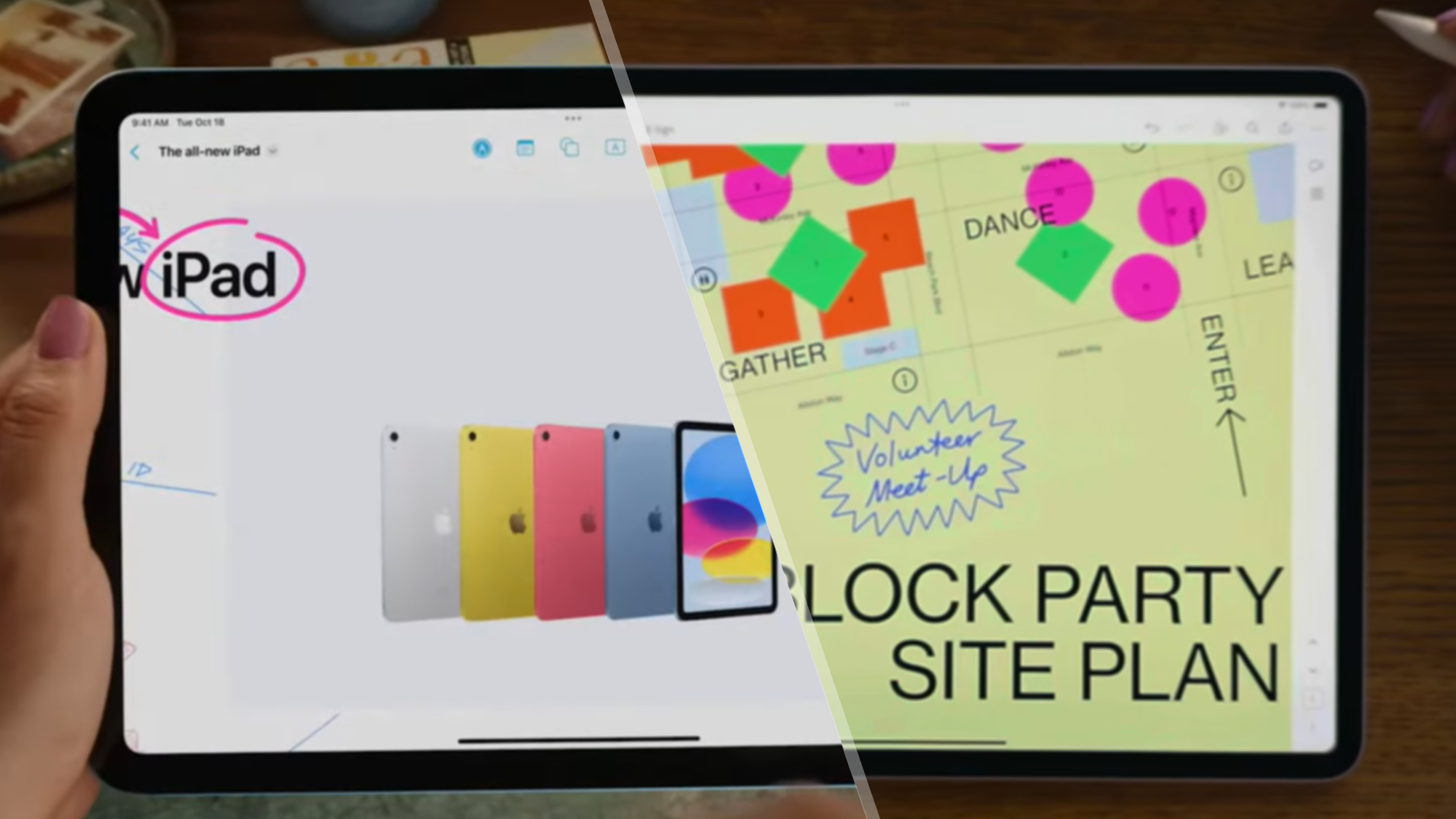
At its recent “Let Loose” event, Apple unveiled the new iPad Air 6 featuring the powerful M2 chip. Apple also reduced the price of the 10th-generation base iPad to $349 (rather than $449). The incredibly thin iPad Pro M4 was also announced at the “Let Loose” event, but most people shopping for a new iPad will be looking at the more budget-friendly iPad Air 6 and iPad 10.
While Apple has long-advertised the iPad Air as the best iPad for most people, that might not be the case anymore. It’s undoubtedly a powerful tablet, but are its advantages worth the higher price?
Before paying $599 or more for the iPad Air 6, you should know a few things about how it compares to the humble iPad 10. The results might surprise you.
iPad Air 6 vs iPad 10: Price and configurations
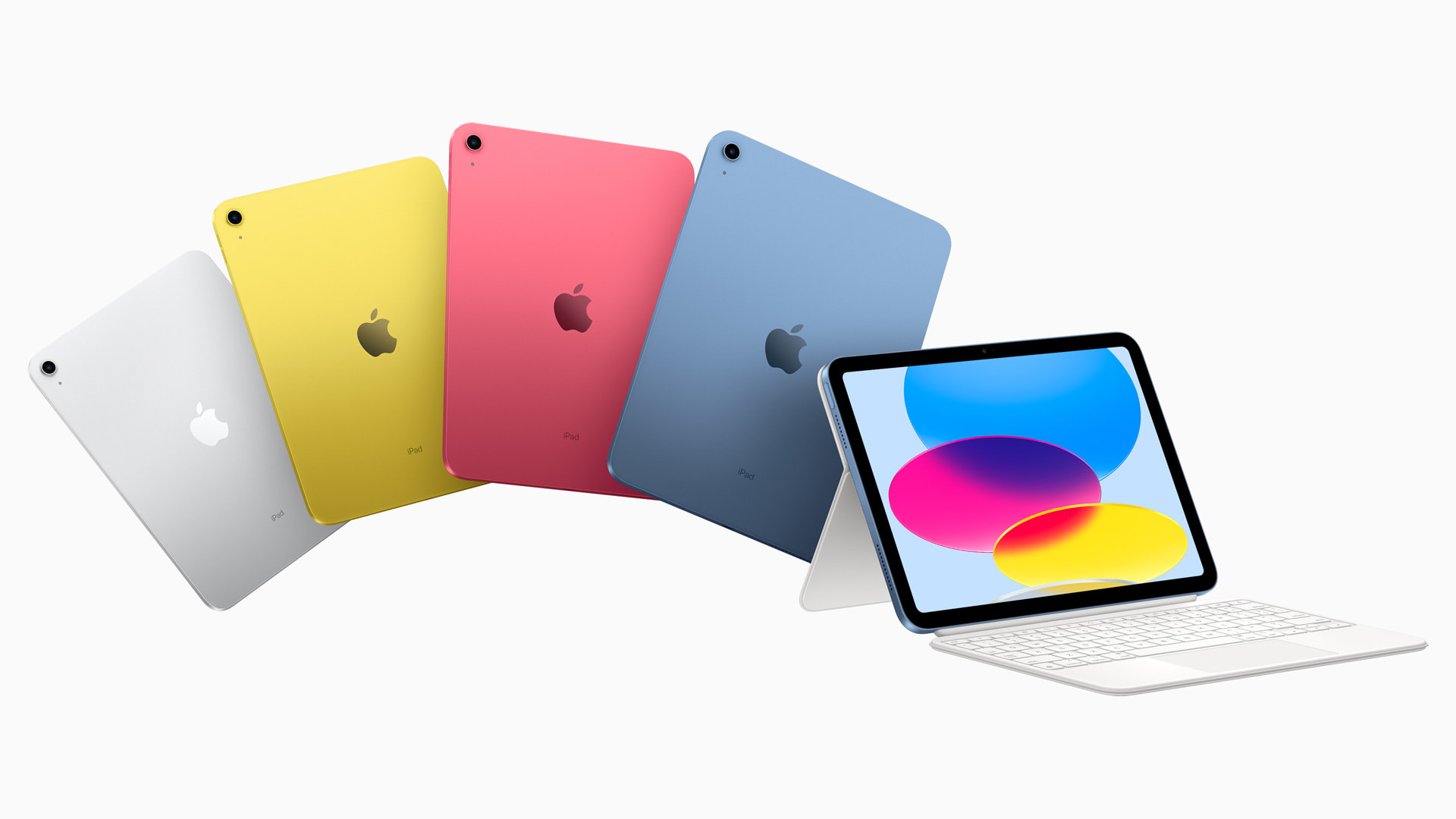
The most apparent difference between the iPad Air 6 and the iPad 10 is price. The iPad 10 is designed to be the entry-level iPad, so it’s the most affordable one in the line-up at $349. In contrast, the iPad Air 6 starts at $599 for the 11-inch model or $799 for the 13-inch model.
The iPad 10 includes an A14 Bionic processor and 64GB of storage with the option to upgrade to 256GB for an extra $150. It has a 6-core CPU, a 4-core GPU, and a 16-core neural engine.
The iPad Air 6 includes the M2 chip and 128GB of storage with the option to upgrade to 256GB, 512GB, 1TB, or 2TB for about $200 extra each. The M2 chip has an 8-core CPU, a 10-core GPU, and a 16-core neural engine.
The iPad 10 and iPad Air 6 have the same front and back camera setups, fingerprint sensors, USB-C charging ports, and speaker setups. The iPad 10 measures 9.79 x 7.07 x 0.28 inches, almost identical to the 11-inch iPad Air 6, which measures 9.74 x 7.02 x 0.24 inches. The 13-inch iPad Air 6 is notably larger at 11.04 x 8.46 x 0.24 inches.
Sign up to receive The Snapshot, a free special dispatch from Laptop Mag, in your inbox.
While the iPad Air 6 has more configuration options, the iPad 10 has a much lower starting price. The 256GB iPad 10 costs less than the 128GB iPad Air 6. So, the iPad 10 wins this category for its sheer value.
Winner: iPad 10
iPad Air 6 vs iPad 10: Display
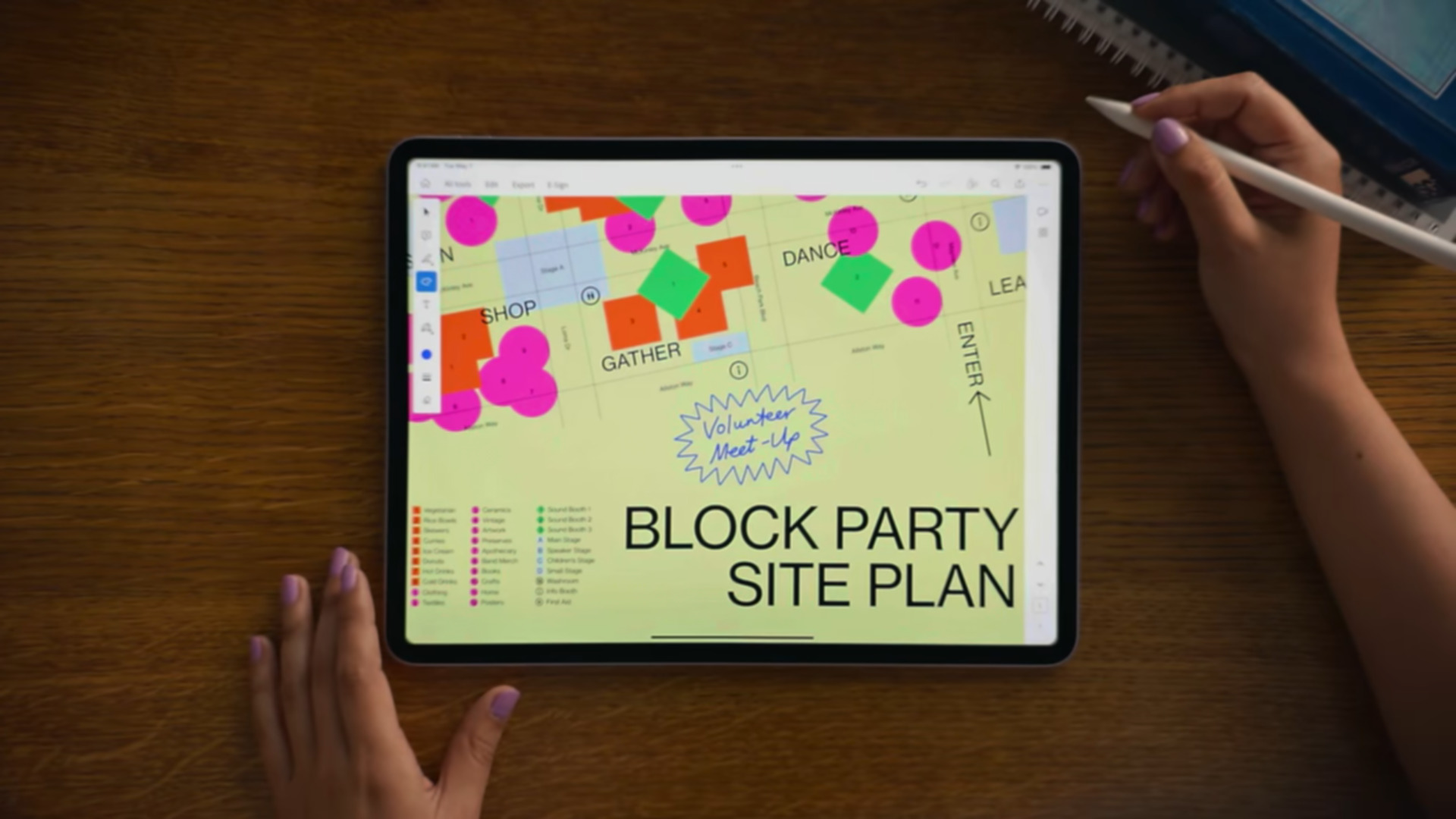
The iPad Air 6 and iPad 10 have nearly the same size screen, but their displays fundamentally differ. The iPad 10 has a 10.9-inch display, virtually identical to the 11-inch display on the smaller iPad Air 6. The Air also comes in a pricier 13-inch configuration, though. So, if a large screen is a must-have, you’ll want to get an iPad Air 6.
Beyond size, the iPad Air 6 also has slightly better display technology. Both sizes support P3 wide color, meaning they can display a broader range of colors with higher contrast ratios than the sRGB display on the iPad 10. Most people won’t notice the difference, but this trait could be important for artists and creatives.
The Air also has an anti-reflective coating, which shouldn’t be a deal breaker. With a screen protector, you can add your anti-reflective coating to the iPad 10. My favorite is the Paperlike screen protector, which reduces glare and makes writing and drawing with my Apple Pencil more comfortable. However, if you want an anti-reflective coating out of the box and slightly better display quality, the iPad Air 6 has the edge.
Winner: iPad Air 6
iPad Air 6 vs iPad 10: Multitasking
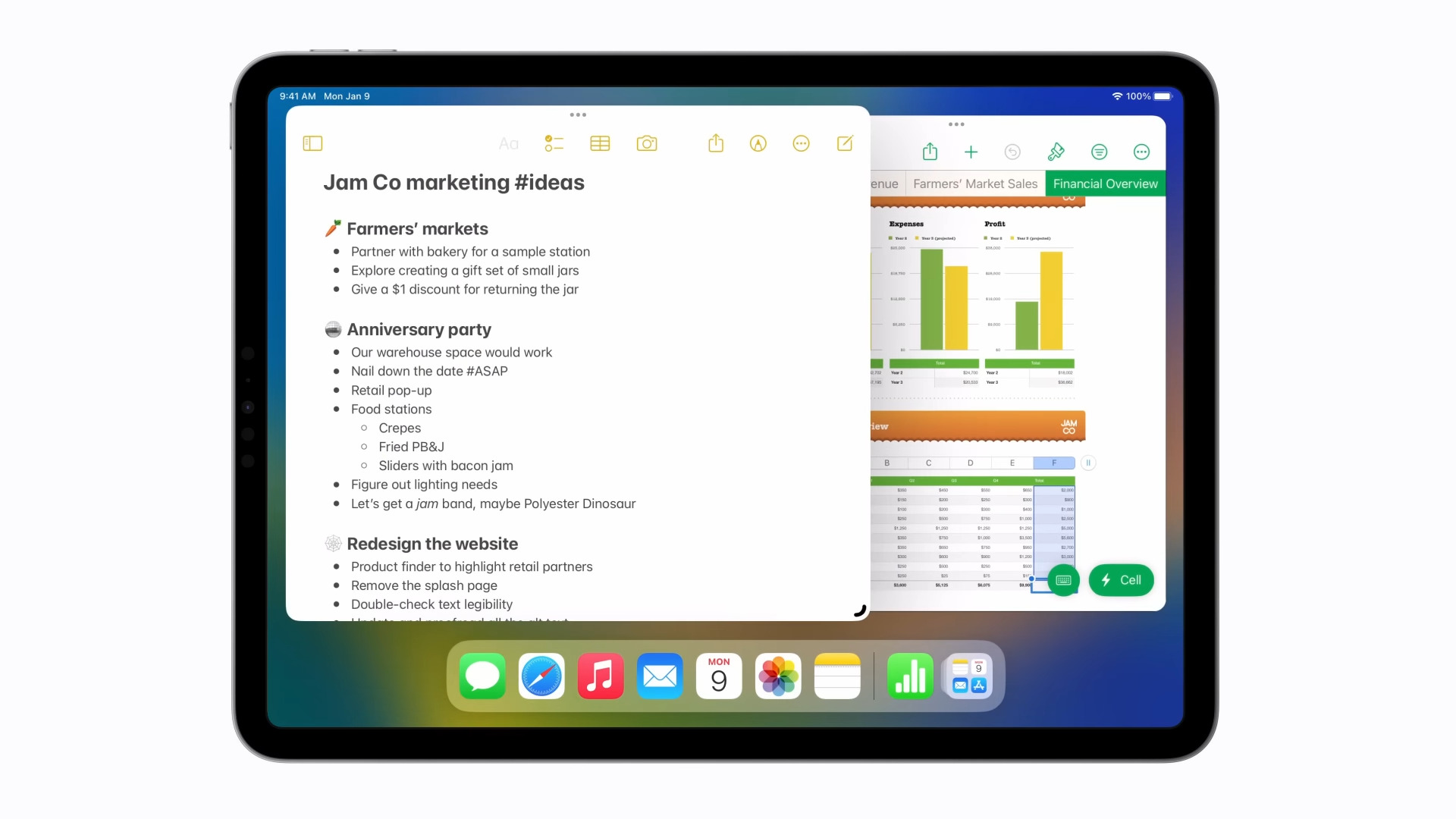
Multitasking is one significant difference between the iPad Air 6 and iPad 10 that often gets overlooked. However, it’s crucial for anyone who wants to use their iPad as their main mobile computing device or as a laptop replacement.
The iPad Air 6 has Stage Manager, a feature that allows you to have multiple apps on-screen at once in windows you can freely move around. It’s designed to mirror multitasking on the Mac and succeeds for the most part. It isn’t perfect, but it gives you much more flexibility than the basic split-screen viewing mode.
Unfortunately, the iPad 10 doesn’t have Stage Manager. It is currently only available on iPads with M-series chips. Since the iPad 10 has an A14 Bionic processor, it isn’t compatible with Stage Manager.
If you just want to use your iPad for web browsing, watching videos, casual gaming, and other basic tasks, you probably won’t miss Stage Manager on the iPad 10. However, this could be a deal breaker if you want to use your iPad for any productivity tasks or as a laptop replacement.
Winner: iPad Air 6
iPad Air 6 vs iPad 10: Accessories
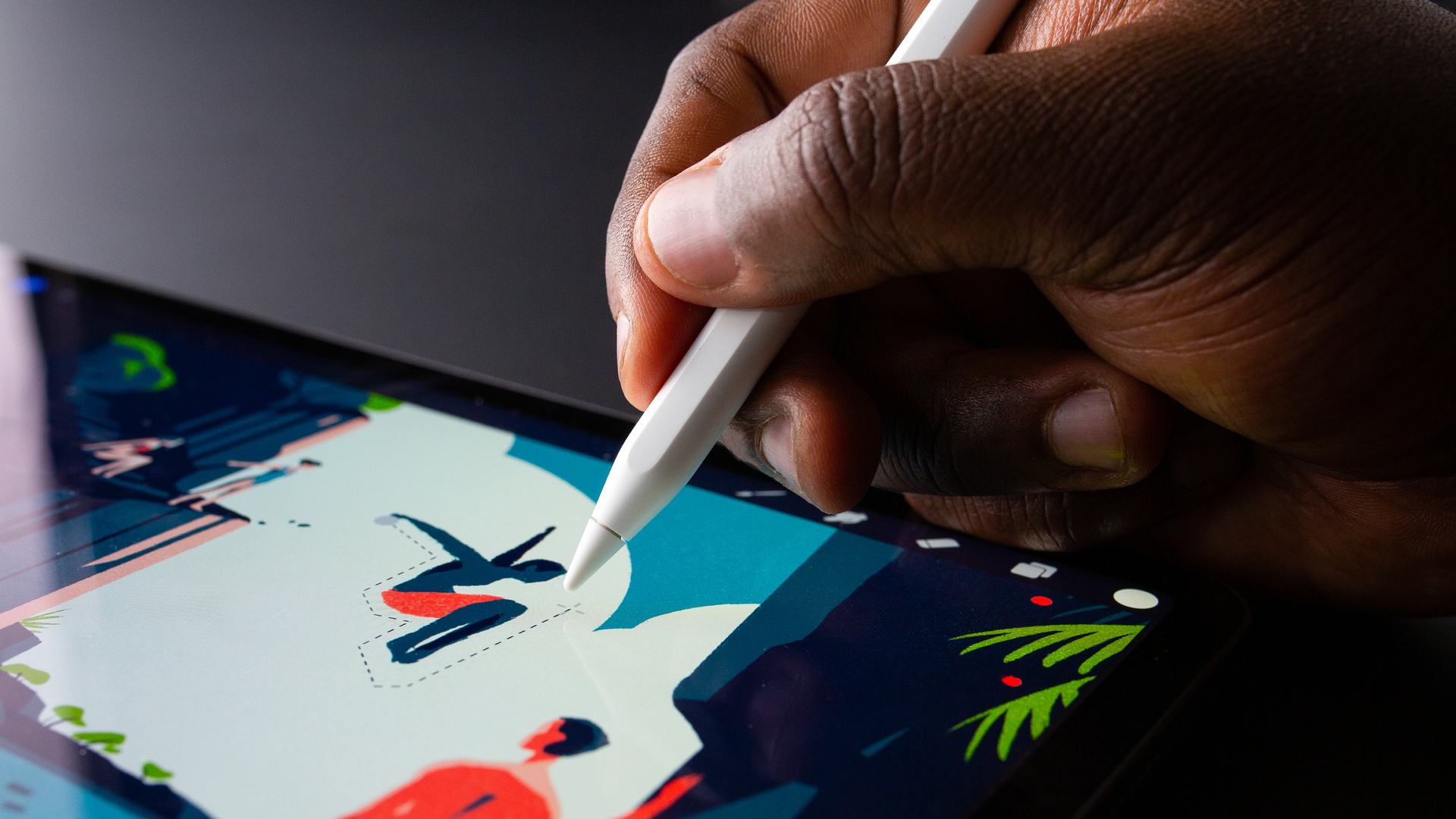
There are drastic differences between the iPad Air 6 and iPad 10 regarding accessory compatibility. However, those differences are only a big deal in a few niche use cases.
The iPad Air 6 is compatible with the second-generation Magic Keyboard, Apple Pencil Pro, and Apple Pencil USB-C. In comparison, the iPad 10 is compatible with the Magic Keyboard Folio, the Apple Pencil USB-C, and the first-generation Apple Pencil. Neither is compatible with the second-generation Apple Pencil.
So, regardless of which iPad you get, you can get a Pencil and keyboard with it. For the average user, the keyboard and Apple Pencil options for the iPad 10 are all you would need for things like school work, taking notes, or typing up some emails.
However, there are situations where the accessories available to the iPad Air 6 are worth the higher price. For example, if you are an artist or plan to use your iPad for any creative tasks, it will likely be worth spending a little more to access the Pencil Pro. It has a plethora of features that aren’t available in either the Apple Pencil USB-C or the 1st generation Apple Pencil.

The iPad Air 6 may also be the way to go for anyone who wants to use their iPad as a laptop replacement since it is compatible with the Magic Keyboard. However, the Magic Keyboard Folio, which works with the iPad 10, is a close competitor. Much as I dislike its kickstand design, it has a larger trackpad and a function row of keys, both of which could be deal-breaker advantages over the more expensive second-generation Magic Keyboard.
It’s worth noting that while Apple did improve the Magic Keyboard to give it a larger trackpad and function keys, the new version is only compatible with the M4 iPad Pros.
The iPad Air 6 has an edge in accessory compatibility thanks to the Apple Pencil Pro. Still, it’s a close call, and most users will be happy with the accessories available on either iPad.
Winner: iPad Air 6
iPad Air 6 vs iPad 10: Performance
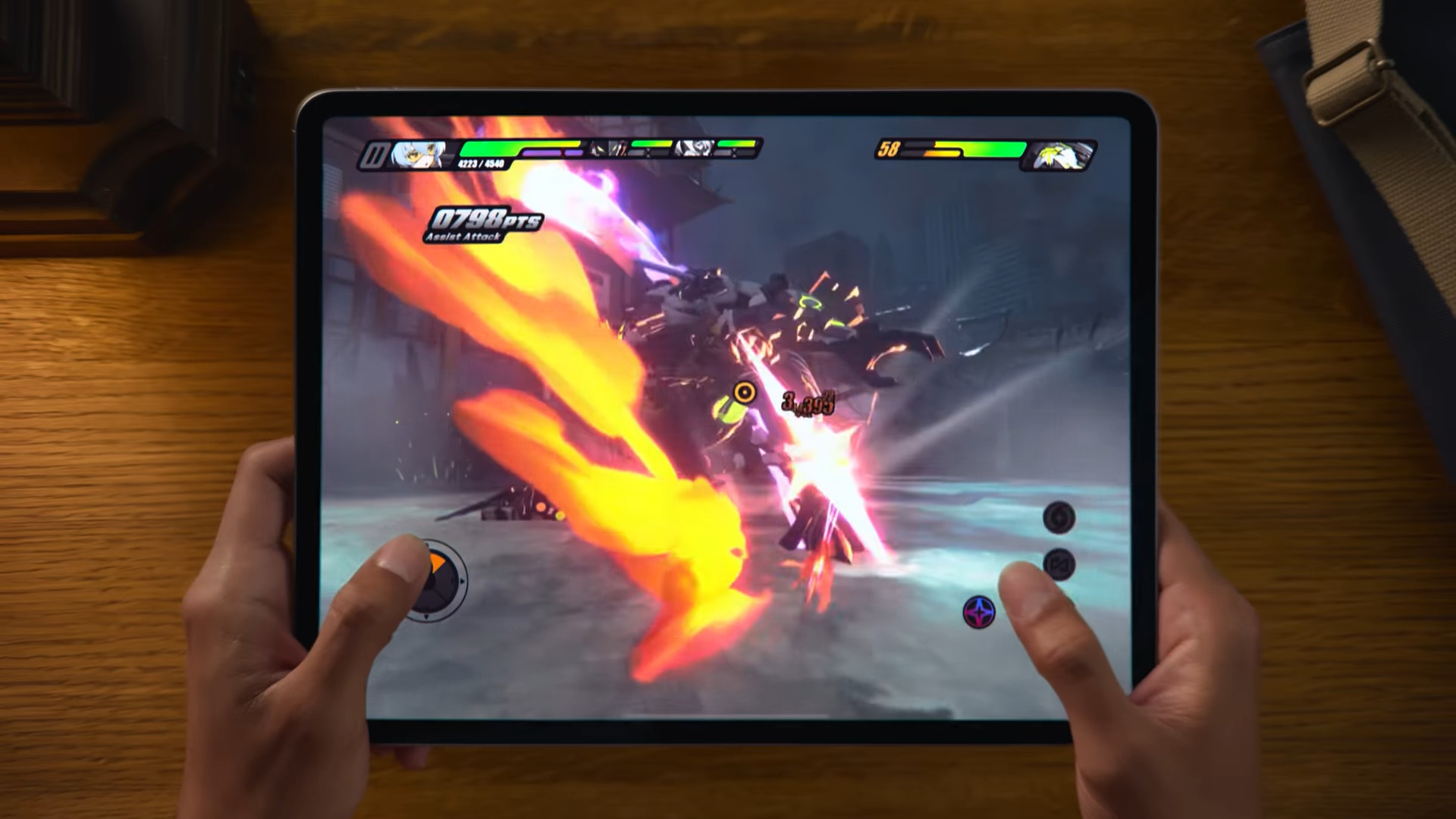
The iPad 10's A14 Bionic chip is more than capable of most everyday tasks, such as web browsing, streaming videos, and casual gaming. However, it is significantly less powerful than the M2 chip in the iPad Air 6, particularly regarding graphics-intensive apps.
The M2 chip has a 10-core GPU, over double the size of the 4-core GPU in the A14 Bionic chip. That means the iPad Air 6 will deliver stronger performance for things like intense gaming, rendering videos in Final Cut Pro, or working on digital art with many layers in Procreate.
Power users will appreciate the extra capabilities of the M2 chip, but the A14 Bionic chip has plenty of power for everyday tasks. If you plan to use your iPad for pro-level apps, consider the iPad Pro M4 rather than the iPad 10 since the M2 chip is closer to the M4 chip than the A14 Bionic. However, if you’re looking for pro-level performance but don’t want to shell out $999 or more for the iPad Pro M4, the iPad Air 6 is a better alternative than the iPad 10.
Winner: iPad Air 6
Overall winner: iPad 10
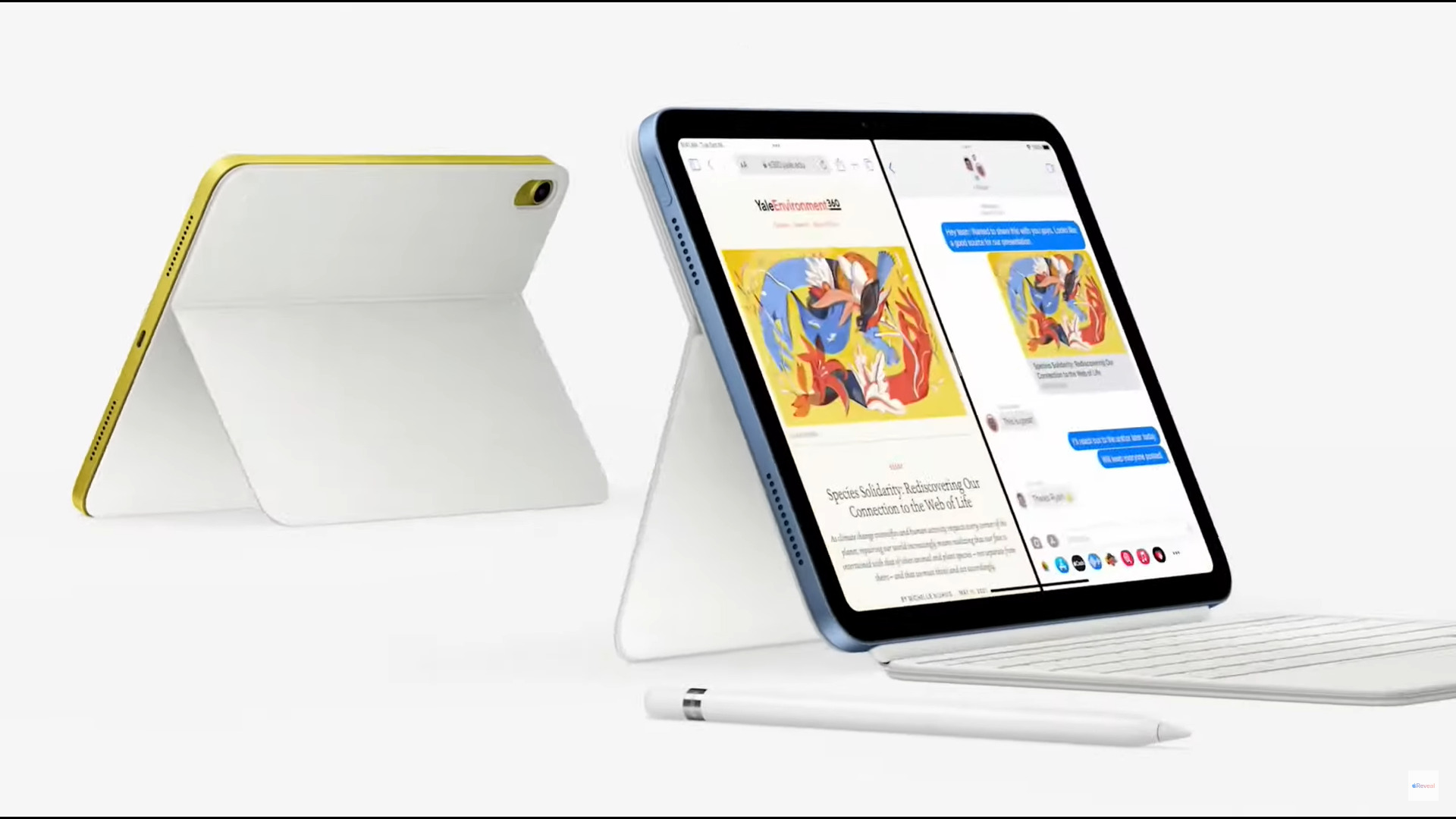
While the iPad Air 6 offers higher peak performance, its advantages over the iPad 10 won’t matter to most users, making the iPad 10 a much better value. The most common uses for the iPad are basic tasks like entertainment, web browsing, casual gaming, and some light productivity tasks like answering emails. None of that requires the intense power of the iPad Air 6, which costs at least $150 more.
So, the best iPad for most people in 2024 is the iPad 10. It can do most of what the iPad Air 6 can but for a lower price. While it isn’t compatible with the Apple Pencil Pro, the Apple Pencil USB-C or 1st generation Apple Pencil is more than capable of most everyday tasks like note-taking for school. Plus, the Magic Keyboard Folio for the iPad 10 is, in some ways, a better keyboard accessory than the 2nd generation Magic Keyboard for the iPad Air 6.
The only users who will benefit from the advantages of the iPad Air 6 are artists or anyone who wants to use pro apps without paying for the pricey iPad Pro M4. Multitasking and the additional power of the M2 chip make the iPad Air 6 a better laptop replacement than the iPad 10. However, the average iPad user won’t miss those features. So, save some money and go for the iPad 10 – it’s great at being an iPad without the premium price it takes to replace your laptop.
10.9" iPad 10: $334 @ Amazon
The 10th generation iPad features Apple's A14 Bionic chip and is faster and more power efficient than its predecessor. ideal for consuming content, internet browsing, emails, checking socials, and light productivity, the iPad 10 is the best tablet for most people.
Features: 10.9-inch (2360 x 1640) Liquid Retina display, Apple A14 Bionic chip, 64GB of storage, 12MP rear camera, 12MP front camera, records up to 4K video, USB-C connector, supports Apple Magic Keyboard Folio and Apple Pencil support, nearly 11-hour battery life
Price check: Apple $349 | Target $349
11" Apple iPad Air 6 (2024): $569 @ Amazon
The iPad Air 6 is 50% faster than the previous-gen iPad Air 5 and features landscape stereo speakers. Made of 100% recycled aluminum enclosure the new iPad Air works with the Apple MacBook Keyboard and Apple Pencil.
Features: 11-inch Liquid Retina display with P3 wide color, True Tone, and anti-reflective coating, Apple M2 Chip, 128GB of storage, 12MP wide wide camera, 12MP Ultra-wide front camera, supports Apple Pencil Pro, Apple Pencil USB-C and Magic Keyboard
More from Laptop Mag
- Apple did nothing wrong: The new iPad Pro ad crushed it
- With the new iPad Air 6, Apple corrects a mistake from the iPad Air 5
- Did Apple forget about the iPad Mini?

Stevie Bonifield is a freelance tech journalist who has written for PC Gamer, Tom's Guide, and Laptop Mag on everything from gaming to smartwatches. Outside of writing, Stevie loves indie games, TTRPGs, and building way too many custom keyboards.
